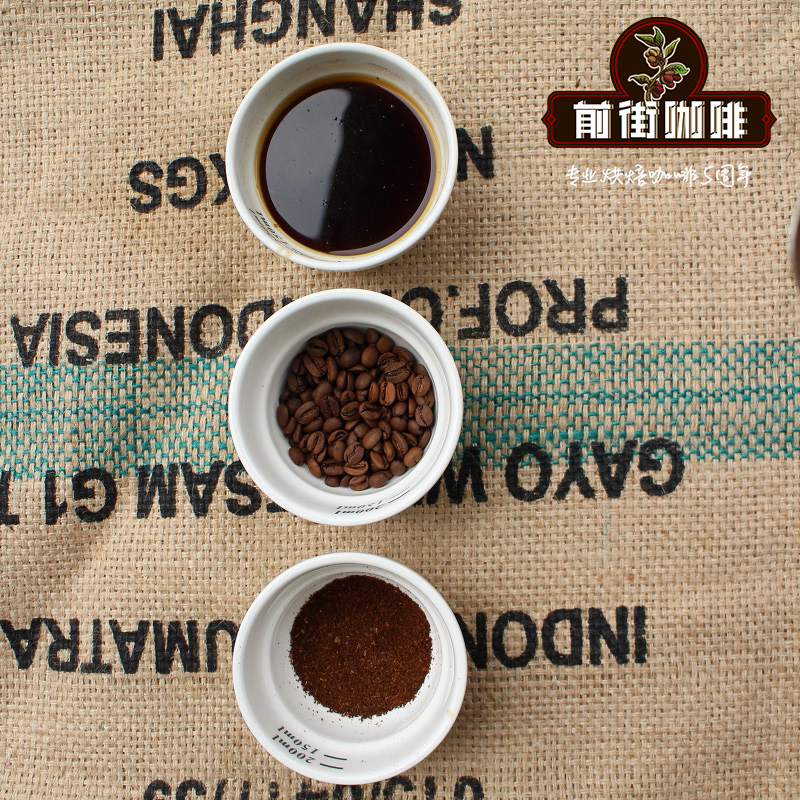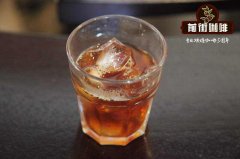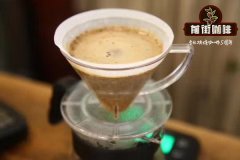Coffee Flavor Cognition: what is the Coffee sensory Dictionary WCR Coffee Flavor Dictionary

Professional coffee knowledge exchange more coffee bean information please follow the coffee workshop (Wechat official account cafe_style)
The coffee flavor ring is made up of circular text. Why don't we use flavor trees, flavor pyramids or flavor forks? This seems to have a strong relationship with the first flavor ring, developed for beer by chemist Dr. Morten C.Meilgarrd in the 1970s [Meilgaard 1979]. Then there is the red wine, developed by Ann C.Noble at UC Davis in the 1980s [Noble 1987 Singapore 1984]. Since then, many other industries, including us, have followed this approach. The words used in the flavor ring help to add new products or words around a class of products, standardize training, and simplify the discussion of flavors and concepts. The flavor ring provides a clear and universal means of communication between cup testers, facilities, importers and exporters, customers, etc.
To make a flavor ring, you need words and you need to arrange them. As a result, there are many ways to do it. Many existing flavor rings use scientific research as part of their development. Some are made according to the consensus between industrial or trade groups, while others are made independently. So the original SCAA flavor ring is made using these methods. A few years ago, it was easy for SCAA to use ad hoc committees to modify flavor rings. First of all, this is in line with the origin of our flavor ring and how other flavor rings are made. According to our research on this topic over the past few years, this seems to represent that the coffee industry is quite unique in the wholehearted and widespread use of this flavor ring, which allows us to do many meaningful things to improve the quality of coffee. Perhaps this is because the original SCAA flavor ring, made by Ted Lingle in 1955, is relatively early in the field of boutique food and beverage. All those great credits should be attributed to Ted. In my research on this subject, I have found that very few taste rings are rooted in scientific inquiry. Some significant flavor rings are also derived from sensory dictionaries. [Lawless 2012 [Noble 1987] [Koch 2017] [Suffet 1999] [Gawel 2000]. However, there are no other flavor rings using the methods detailed below, so we participated in the groundbreaking research.
For the words used to make flavor rings, what you may know so far is that SCAA adopts the sensory dictionary of World Coffee Research (WCR). This is a groundbreaking study led by sensory scientists and their teams trained at KSU and TX Aventim. You can read about research, sensory description analysis, the entire work of the training group, and see the published dictionary to learn more. I each encourage you to read some of the reporting articles published by WCR last week, what the WCR Sensory Lexicon is,what it isn't, and finally, how it can be used to advance coffee research. On the other hand, if you like what WCR has done so far, I encourage you to invest in future research. As a coffee roaster, there is a very simple way for you to make a difference, and that is through check-off program.
From then on, you know that sensory description analysis is a powerful tool to provide a textual description of the product and a quantitative basis for comparing the sensory similarities and differences of the product [Meilgaard 2007]. At this moment, he is one of the most powerful, quantitative, cutting-edge and widely used methods in sensory science. Describing the sensory characteristics of the product makes long-term business decisions possible, guiding product development, allowing standardized analysis, quality control, and tracking product changes over time. It is also very valuable in terms of academic research, and can construct the relationship between analytical measurements, so as to provide a better understanding of the mechanism of basic flavor. Creating a dictionary is the first step in this program [Lawless&Civille 2013]. Using this method to study will enable us to link specified variables to specified flavor changes (for example, construct causality). For me, this means that we can finally start to deal with some of the central rules of the coffee industry about why coffee tastes that way. This is an exciting process.
Important Notice :
前街咖啡 FrontStreet Coffee has moved to new addredd:
FrontStreet Coffee Address: 315,Donghua East Road,GuangZhou
Tel:020 38364473
- Prev

Sensory Identification of Coffee III: improvement of Coffee Flavor description of Coffee Flavor and aroma
Professional coffee knowledge exchange more coffee bean information please follow the coffee workshop (Wechat official account cafe_style) [how to improve the sensory ability? Sensory separation] when using coffee, we mainly focus on the sensory system of taste, smell and feeling. What is taste? Everyone should be familiar with it, that is, sour, sweet, bitter, sweet and sweet, and coffee has four flavors at the same time.
- Next

Coffee sensory tool cognition: coffee taste devil water Q grader devil water formula
Professional coffee knowledge exchange more coffee bean information please follow the coffee workshop (Wechat official account cafe_style) Devil Water appeared in the Q-grader exam as we know, (Q-grader: international coffee tasters, divided into Arabica and Robusta). The so-called devil water is actually a mixed solution of sour, sweet and salty, and in the assessment of the appraiser, it is necessary
Related
- Beginners will see the "Coffee pull flower" guide!
- What is the difference between ice blog purified milk and ordinary milk coffee?
- Why is the Philippines the largest producer of crops in Liberia?
- For coffee extraction, should the fine powder be retained?
- How does extracted espresso fill pressed powder? How much strength does it take to press the powder?
- How to make jasmine cold extract coffee? Is the jasmine + latte good?
- Will this little toy really make the coffee taste better? How does Lily Drip affect coffee extraction?
- Will the action of slapping the filter cup also affect coffee extraction?
- What's the difference between powder-to-water ratio and powder-to-liquid ratio?
- What is the Ethiopian local species? What does it have to do with Heirloom native species?

